2.0 COUNTERS, SCALE AND UNIT ORGANIZATION
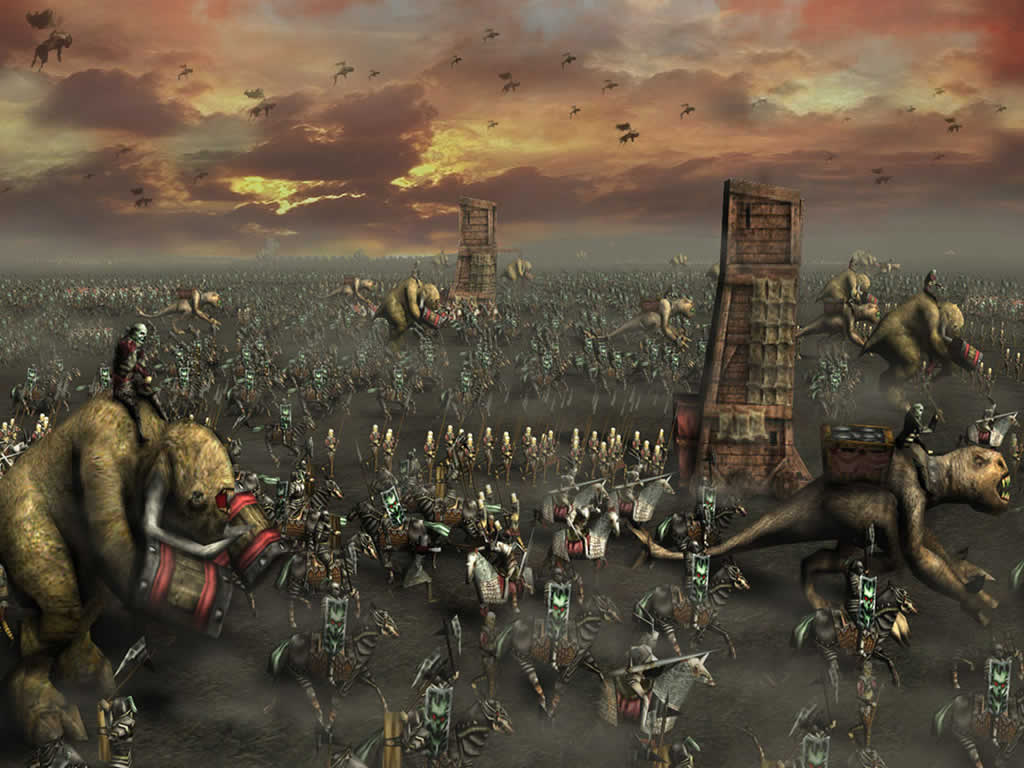
2.0 COUNTERS, SCALE AND UNIT ORGANIZATION

| 2.1 Ground Scale | 2.2 Counter Ratios | 2.3 Counter Scale | 2.4 Mounting Miniature Figures | 2.5 Special Counters |
| 2.6 Types of Units | 2.7 Individuals | 2.8 Regular Units | 2.9 Skirmish Units | 2.10 Mobs |
| 2.11 Special Unit Types | - | - | - | BATTLESYSTEM |
Each miniature or counter normally represents several
creatures of the same type. Counters are grouped into
Units to build your army.
The outdoor scale for the
BATTLESYSTEM game is 1 inch = 10
yards. Thus, 1 foot (12 inches) on the
tabletop represents 120 yards on the
battlefield.
Each counter (with or without a
miniature figure mounted on it)
represents one or more of the type of
creature printed on its face. The most
common scale is 10:1--each orc counter
or miniature represents 10 orcs. The ratio
of creatures per figure or counter varies
with the HD of the creature depicted
and whether the figure is a PC/NPC
individual. See Table 1 to determine the
proper ratio.
SPECIAL NOTE:
Throughout these rules, the terms "counter" && "figure"
are used interchangeably.
Table 1. Creature/Figure Ratio
| Creature Hit Dice | Creature/Figure Ratio |
| Less than 4+1 HD | 10:1 |
| 4+ to 8+ HD | 5:1 |
| 9 or more HD | 2:1 |
| PC/NPC individual* | 1:1 |
* For this purpose, PC/NPC individuals
include dragons, demons, liches, and other
superpowerful and/or intelligent creatures with magical abilities,
as well as PC/NPC commanders and character types.



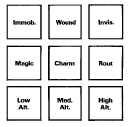
Bases of different sizes are used for
different sizes of creature. Use the
following table:
Table 2. Counter Scale
| Creature Size (AD&D game) | Creature Size (D&D game) | Base Size |
| Small (S) | 3'-4' tall* | 1/2" |
| Medium (M) | man sized | 3/4" |
| Large (L) | larger than man-sized | 1" |
| Cavalry | Cavalry | 3/4" x 1 1/2" |
| PC/NPC | PC/NPC | No base** |
| Oversize*** | Oversize*** | No base** |
* Dwarves are mounted on 3/4" bases even
though they are size S creatures.
They may be short, but they are roughly as wide as humans.
Width is more important than height in determining base size.
** Individual PCs/NPCs are not mounted on bases.
This is so that they can join other formations during the battle as
well as act alone,
and leaves them intact for role-playing.
Optionally you can mount them on 1/2" bases.
If you are using counters, use 1/2" counters for
such creatures,
even if they are size M or L.
(If the creature is incredibly large, use a 3/4"
or 1" counter.)
*** Oversize && special creatures are those whose miniature
figures are so large thay will not fit comfortably on a 1" base.
Use a 1" counter if you are using counters;
otherwise, use the figure without a base.
Use Table 1 to determine how many creatures are represented by each
such figure.
Use 1" x 2" or larger counters for chariots and huge cavalry.
[2.4] MOUNTING MINIATURE FIGURES
The counters in this game are designed
to be used as bases for miniature figures.
Use the instructions in THE ART OF
THREE-DIMENSIONAL GAMING to
paint and mount miniatures. You can USE
square cardboard of the same size as the
counters to mount miniatures if you
prefer.
If you are mounting large armies of
creatures that normally act in large
formations (humans, orcs, aand other
humanoids, for the most part), you
can optionally mount three figures on a 3/4"
by 2 1/4" base. This makes large military
formations easier to handle. In
miniatures terminology, this is called a
"stand" of figures.
You don't have to USE miniatures to play.
The counters can be placed on the
tabletop and moved aorund just as if
they were miniatures. All the rules in the
BATTLESYSTEM game apply to
counters as well as figures. You can also
mix counters and miniatures in the same
battle. For example, two or three
mounted orc figures can add a lot of
visual impact to a formation of twenty
orc counters. When the unit takes
casualties, remove the counters first.
This allows you to play with armies that
are larger than your miniatures collection.
The counter sheets in the
BATTLESYSTEM game also have
special counters, called "markers," that
are used to show certain conditions.
There are nine types of markers: Rout,
Magic, Wound, Immobilized, Invisible,
Charm, Low Altitude, Medium Altitude,
and High Altitude. When a unit or figure
has one or more of these conditions,
place the appro. marker on the unit
or figure.
Magic makers can also be used to define a spell area of effect on the
battlefield.
SPECIAL NOTE: The number of
counters and markers included with this
game is not meant to be a design limit. If
you run out of counters of any particular
type, make more out of cardboard,
paper, or other materials. Some blank
counters are provided in the game for
your USE.
The counters (or figures) in the
BATTLESYSTEM game are organized
into Units and PC/NPC individuals.
Only figures with a 1:1 ratio can be
PC/NPC individuals; all other figures
must be part of a unit. There are three
kinds of units:

PC/NPC individuals can be Heroes, Commanders (or both), or simply members
of units.
The role each
individual takes is determined by the
owning player at the start of the game.
The roles that a PC/NPC individual can
take are discussed in [9.0] HEROES AND SPECIAL
CHARACTERS.
Regular units are the backbone of a
traditional army. Regular units can be
infantry, archers, cavalry, aviation,
magical artillery, or anything else that
you desire.
Regular units must have a Unit Commander in order to fight and MOVE
at full effectiveness.
If a regular unit is Out of Command (that is, its commander
is missing || dead), it acts with lower
effectiveness. It can, however, continue
to move and fight at will.
Regular units can moved in Closed or
Open Formation ([7.2], [7.3]),
and will
Rout only if the entire unit is in Open
Formation and fails a Morale Check.
A regular unit moves and fights as a
unit. It can engage in melee combat or
USE distance weapons against more than
one TARGET at the discretion of the owning
player, but cannot be broken into
sub-units.
A regular unit must be defined at the
beginning of the game. It cannot be
changed into a skirmish unit, a mob, or a
group of individuals during the battle.
A regular unit must START the battle
with at least 4 figures and no more than
48 figures. All figures or counters in a
regular unit must have ratios of 10:1, 5:1,
or 2:1. A regular unit cannot be made of
figures with a 1:1 ratio.
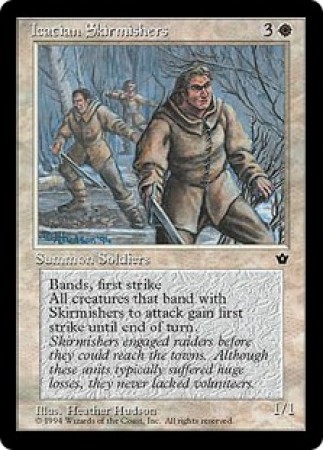
Skirmish units are used as scouts,
guerilla forces, spies, and ambushers.
A skirmish unit does not have to have
a Unit Commander. It does not receive
the benefits for being In Command that
regular units do, but does not suffer any
penalties for being Out of Command.
Each figure in a skirmish unit must
make a Morale Check whenever any
friendly unit in its base ground
movement range Routs. If the Morale
Check is failed, the skirmishing figure
also routs. A routing skirmisher can be
Rallied by a Brigade or Army Commander
in its direct chain of command. If the skirmish unit has a Unit
Commander, that commander can also rally the routing skirmisher.
This is the only function a skirmish Unit
Commander can perform.
Each figure in a skirmish unit can act
independently, and can perform any legal
action the owning player desires.
A skirmish unit is limited in melee
combat. No figure in a skirmish unit can
ever most into base-to-base contact with
an enemy unit. If any figure in a regular
enemy unit or a mob moves into
base-to-base contact with one or more
skirmishing figures, the skirmishing
figures must make a Fighting Withdrawal
|| Flee the melee as soon as possible. A
skirmish figure may attack an enemy
skirmisher or individual.
Skirmish units always move in
Skirmish Formation ([7.4]); that is, the
bases of the figures in a skirmish unit
must always be 1" or more apart.
A skirmish unit must be defined at the
beginning of the battle. It cannot be
changed into a regular unit, a mob, or a
group of individuals during the battle.
A skirmish unit must start the battle
with at least 1 and no more than 24
counters or figures in it. All figures in a
skirmish unit must have a ratio of 10:1,
5:1, or 2:1. A skirmish unit cannot be
made of figures with a 1:1 ratio.
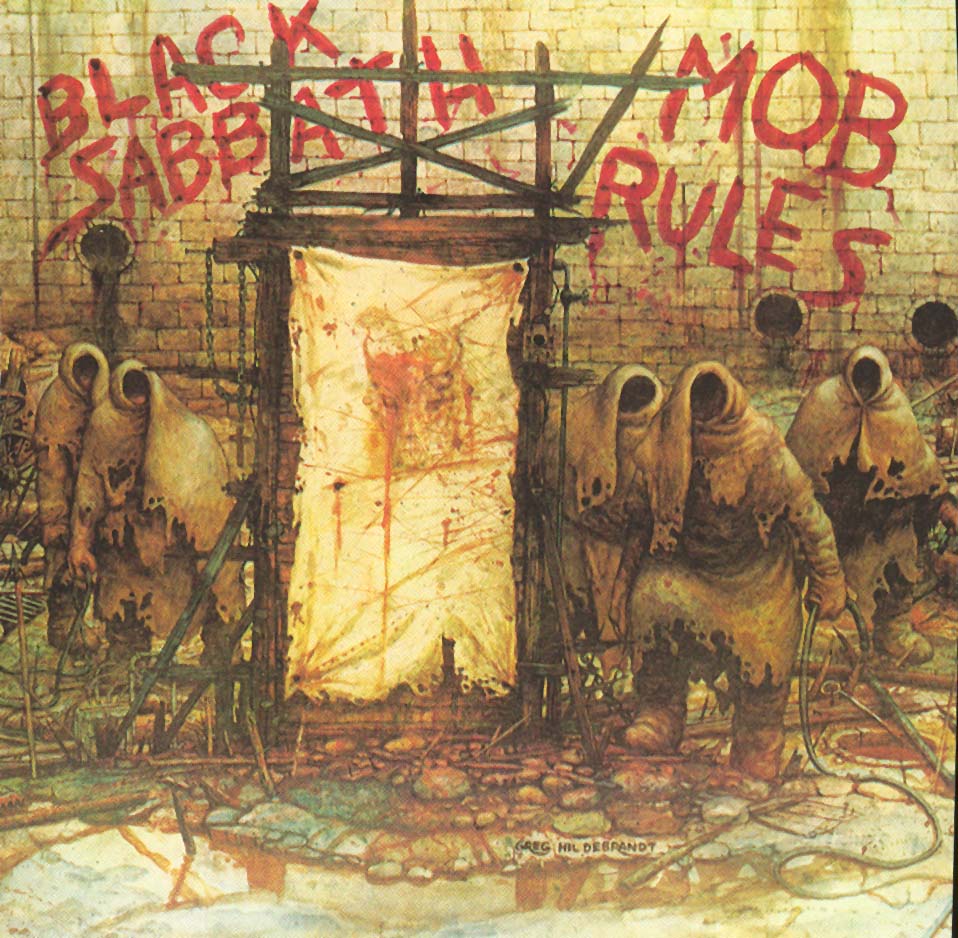
A mob is a disordered group that is NOT in command.
Mobs are normally made of peasants or
other low-level, untrained, and usu. ill-equipped creatures.
Mobs need not have Unit
Commanders. However, they suffer all
Out of Command penalties whether or
not they have a Unit Commander.
A mob must have a designated figure
or counter from which its movement is
measured.
A mob is disordered by nature. It
should be displayed on the battlefield by
counters or figures placed in an irregular
array. The array should be
approx. as wide as it is deep
(basically square-shaped). If a mob loses
figures due to combat, remove losses so
that the approx. shape of the mob is
maintained. Mobs MOVE and FIGHT in
Mob Formation ([7.5])
The initial placement of a mob is at the
discretion of the owning player (or as
defined by the scenario). For the mob to
MOVE, FIGHT, or otherwise act, a Unit,
Brigade, or Army Commander must
Give an Order during the Rally Phase. To
Give an Order, the Unit, Brigade, or
Army Commander must first make a
successful Rally attempt. The following
Orders can be given to a mob: Move
Forward ([7.7]), Charge ([7.14]),
Force
March ([7.13]), and Wheel ([7.9])
up to
90 degrees. No more than one order it was
given during per Rally Phase. A mob
continues to follow the last order it was
given until a new order is successfully
given or until the mob fails a Morale or
Discipline Check.
A mob automatically fights when it is
base-to-base contact with an enemy
unit. A mob can never USE missile
weapons, but can USE any melee weapon,
incl. magic weapons. A mob
never USE spells || devices with spell-like
effects.
If a mob Routs, a Unit, Brigade or
Army Commander can attempt to Rally
it. A mob Rallies in the same way as a
regular unit.
When moving, a mob always follows
the path of least resistance (e.g., the most
favorable terrain type) regardless of
orders. It moves in as straight a line as
possible within the above restriction.
A mob receives a +2 bonus to its
morale if a friendly regular infantry unit
is directly beind it and no more than 6"
away.
A mob must be defined at the
beginning of the battle. It cannot be
changed into a regular unit, a skirmish
unit, or a group of individuals during the
battle.
A mob must start the battle with at
least 12 and no more than 96 counters or
figures in it. All figures in a mob must
have a ratio of 10:1, 5:1, or 2:1. A mob
cannot be made of figures with a ratio of 1:1.
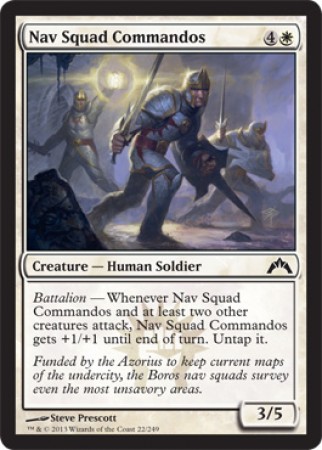
Occasionally, a scenario will specify a special
unit type not listed above. For
example, a unit of highly-trained and
experienced troops might be designated
as an Elite Unit. An Elite Unit would act
as a Regular Unit but have a +2 morale
bonus and not be able to enter Skirmish
Formation. A unit of human berserkers
might act like a regular unit but not be
able to enter Closed Formation. It would
receive a +3 morale bonus, but have a
Discipline rating of 0. Other special unit
types are possible. It is important to
define such units in detail before using
them, and to make sure that they are
balanced with other forces in the same
scenario.
Special unit types cannot be used
unless specifically permitted by the
scenario being played.
![]()
Reduce - Reuse - Recycle